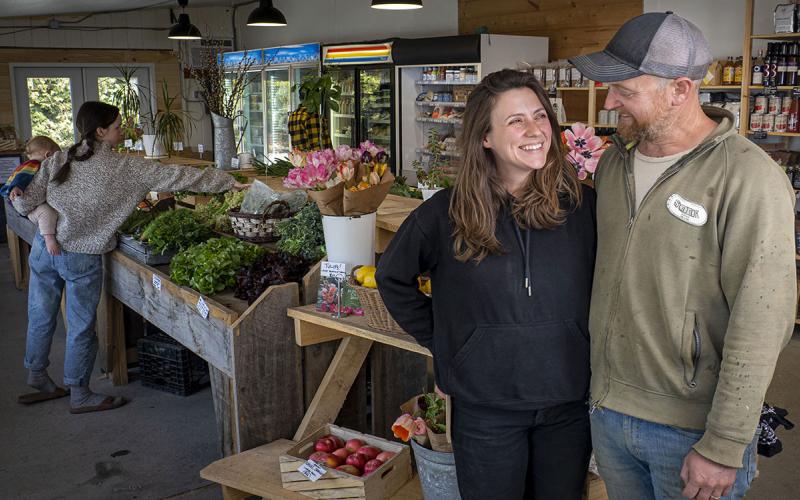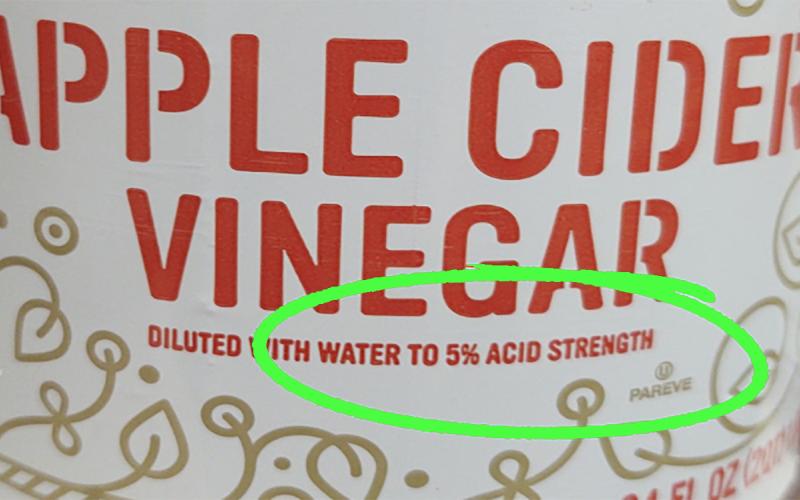Originally written by Hope Kleine, former SDSU Extension Health Education Field Specialist.
Standard Mason-style canning jars have been used for home food preservation for decades. Over the years, people have found creative uses for mason jars and even incorporated them into their home décor. With this came a demand for more-stylish and unique mason jars. This causes confusion when it comes to differentiating which jars are best for your creative side and which are safe for food preservation.
Jar Varieties

ANTIQUE/VINTAGE JARS
Vintage, or antique, canning jars are perfect for decorative use. Canning jars have a life expectancy of 10–13 years. After that, you will experience more breakage because of the wear and tear of normal use. Because of this, it is not recommended to use vintage or antique canning jars for food preservation. Instead, enjoy those jars as vases, canisters or just a nice touch to your home décor. In addition, jars with wire bales and rubber rings should be used for storage only, not for food preservation. Before purchasing jars for food preservation, always read the labels carefully so you know the intended use of the jar.
NEW ‘BALL’ JARS
In 2017, Ball released newly designed jars, including a Spiral Jar, in 16 and 28-ounce sizes, and a Sharing Mason Jar, available in a 16-ounce size. The most-recent additions to the Ball premium edition canning jars include nesting jars in a 16-ounce size; a flute jar, also in a 16-ounce size; quilted crystal jars in four, eight and 12-ounce sizes; and amber jars, available in 16, 32 or 64-ounce sizes. Many of these premium edition jars have specific uses. Check Ball’s product page on their website to find out what jar is best for your needs. All the new additions mentioned above are safe to use for food preservation purposes. As well as different types of jars, there are many sizes of jars, ranging from four ounces to one-gallon sizes. Half-gallon jars are only recommended for very-acid juices, such as fruit, while one-gallon jars are not recommended for food preservation.
COLORED JARS
Several different-colored canning jars are available in stores. Blue, green and purple jars have been made for home food preservation. However, there are other colored jars, such as yellow, available for craft projects, but are not recommended for food preservation. Note: The amber jars mentioned in the above paragraph are made from amber glass, which blocks out 99% of ultraviolet (UV) rays, protecting the preserved food inside from deteriorating. As always, read the labels carefully so you know the intended use of the jar.
REUSING COMMERCIAL JARS
Most commercial glass pint and quart size mayonnaise or salad dressing jars may be used with new, two-piece lids for canning acid or acidified foods. However, you should expect more seal failures and jar breakage since these jars have a narrower sealing surface and are tempered less than Mason jars, and they may be weakened by repeated contact with metal spoons or knives used in dispensing mayonnaise or salad dressing. It is recommended that these jars only be used for water bath canning for best success.
LIDS
While jars with one-piece, twist-top lids are also available to purchase, the National Center for Home Food Preservation still recommends using a two-piece metal home canning lid system for home food preservation. Processing times are researched and determined with standard volume/size and shape of canning jars with a two-piece lid. With a two-piece lid, it is easy to determine if the jar sealed and is shelf stable. For home canning, always choose the two-piece lid for best results.
Most canning lids are NOT reusable, meaning they must be discarded after a one-time use. Screw bands may be reused if there is no sign of rusting or deformation. Tattler makes reusable lids, but there have been mixed reviews regarding their safety. The National Center for Home Food preservation began a study on Tattler reusable lids in 2013, but there have been no reported results.
The National Center for Home Food Preservation and the U.S. Department of Agriculture no longer recommend boiling lids before using them for canning, as this can deform the rubber ring and result in unsealed jars. Lids only need to be washed before they are ready for use. If you desire, you can place lids in warm water before using, but do NOT bring them to a boil.
HANDLING
To keep jars in good condition, avoid sudden temperature changes. Do not put a hot jar on a cool surface or put raw-packed jars into boiling water. Always use a rack in the bottom of the canner to prevent jars from sitting directly on the bottom of the canner. Do not use metal utensils when removing air bubbles from hot jars. A metal knife can scratch the glass and create a weak spot, which could become the point of breakage. Use recommended headspace for food to expand in jars when heated. Do not lower pressure or temperature too quickly when the processing time is completed. With a pressure canner, remove the canner from the heat and let it stand until the pressure is zero. With a boiling water bath canner, take the lid off and allow five minutes of cooling time before removing jars from the water.
To learn more about canning equipment, watch our Canning Equipment video!


